What is the NASHGEN-2 clinical research study?
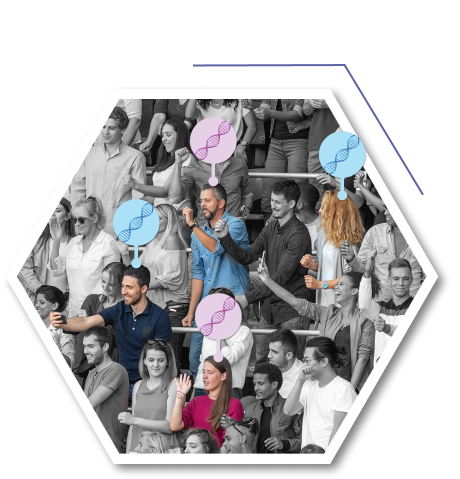

If you live with non-alcoholic steatohepatitis (NASH), please know that you are not alone in your journey. NASH is a form of non-alcoholic fatty liver disease (NAFLD). NAFLD affects 25% of the adult population globally. NASH occurs when fat accumulates in your liver. Your body’s response through your natural defense system – the immune system – results in inflammation, which causes damage to nearby cells. The body’s attempt to repair the damage causes liver scarring, or “fibrosis”. A recurring cycle of inflammation and fibrosis can cause permanent scarring that interferes with proper liver function. Currently, NASH is the second leading cause for liver transplantations in the U.S.
We do not know why some people develop NASH and others do not, but there might be a connection between people’s genetic code (the patterns of DNA that control how their bodies work) and an increased risk of NASH. People with high blood pressure, high cholesterol, insulin resistance, type 2 diabetes, or obesity also have a higher risk of developing NASH.
Most people with NASH feel well and are not aware that they have a liver problem, but over time, NASH can progress to cirrhosis (long-term scarring) and liver failure.
Currently, we are looking at the safety and effectiveness of an investigational drug as a possible treatment for NASH in participants with certain genetic risk factors. NASHGEN-2 is a clinical research study that aims to see the effect of the investigational treatment on reducing liver fibrosis in study participants.

What is the investigational treatment?
Investigational treatment: The investigational treatment is called ALN-HSD and will be given by subcutaneous injection (needle under the skin). The investigational treatment is a small interfering RNA (ribonucleic acid) – siRNA, made to interfere with the process that converts the genetic code for one of your genes into a protein. Normally, a strand of messenger RNA (mRNA) carries the instructions from our DNA to build proteins across our cells. A small interfering RNA can be used to block those instructions to temporarily “silence” the gene. Small interfering RNA is precise – it only interferes with the specific mRNA used to make the protein encoded by one specific gene.
The study treatment is called “investigational” because it is not approved by any public health agency for any kind of treatment.
Once the study doctor confirms that you qualify, you will be assigned to 1 of 2 treatment groups. You will have an equal (50%) chance of being assigned to either the group receiving the investigational treatment or the placebo group. You will receive either:
the investigational treatment
or
a placebo
What can I expect if I participate?
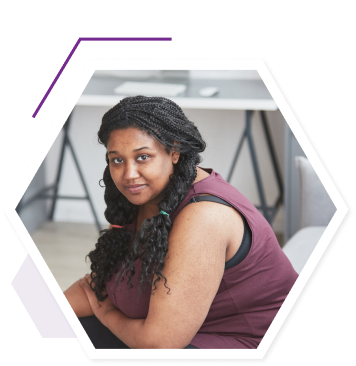
How can I take part?
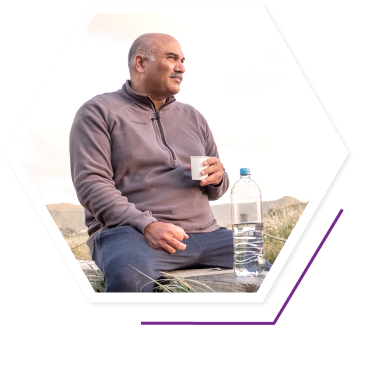
What else should I know?
As with all medicines, there are possible risks when taking the investigational treatment. If you qualify and choose to participate, you will be provided with an Informed Consent Form that explains any possible risks and side effects. It is also possible that the investigational treatment may affect you in unknown ways. Your health and safety are our top priorities and will be closely monitored throughout your participation.
You may benefit from additional check-ups on top of your regular care and have access to NASH specialists. There is no guarantee that you will receive a medical benefit from participating in this study. Your condition may get better, stay the same, or may even get worse. You are free to withdraw from the study for any reason and at any time.
Find a study site near you
